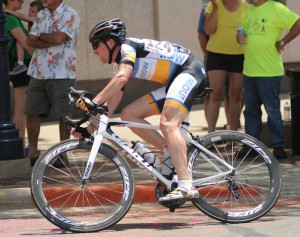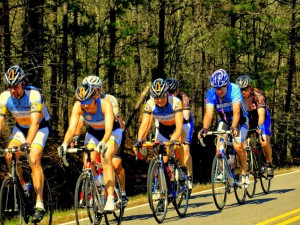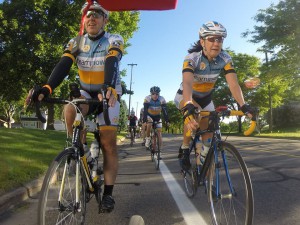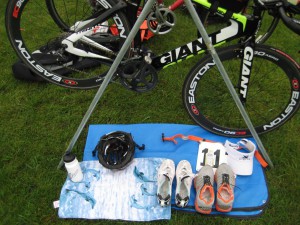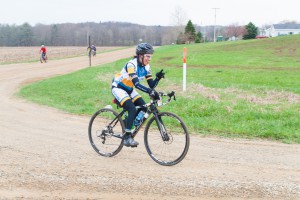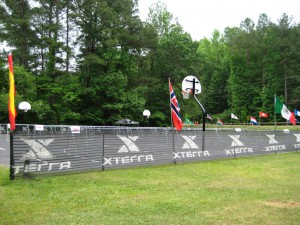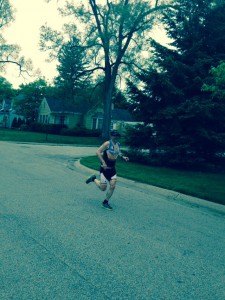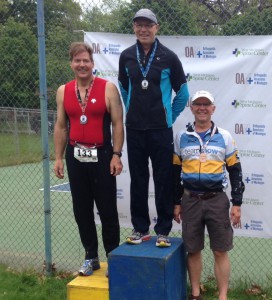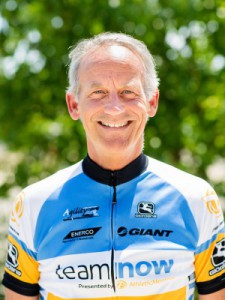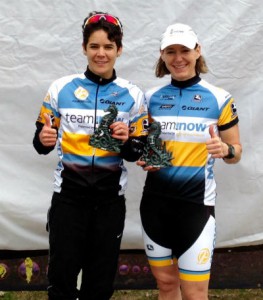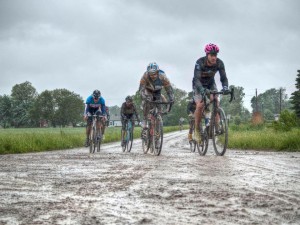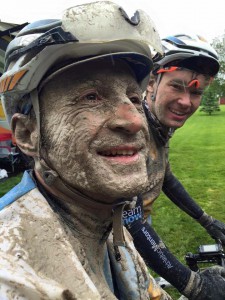By Tristan Greathouse, Team OAM Now Cyclist
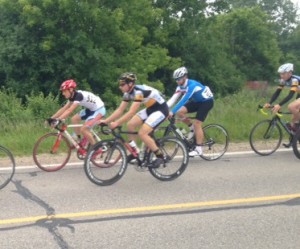 Typically, I avoid racing on asphalt in favor of powering through the mud, but the morning of the Road Race State Championships in Mount Pleasant, I just couldn’t help myself. I groggily stumbled out of bed at 4:30 in the morning to make the drive from Kalamazoo to Mount Pleasant for my second road race ever.
Typically, I avoid racing on asphalt in favor of powering through the mud, but the morning of the Road Race State Championships in Mount Pleasant, I just couldn’t help myself. I groggily stumbled out of bed at 4:30 in the morning to make the drive from Kalamazoo to Mount Pleasant for my second road race ever.
As I lined up for the race, I couldn’t help but feel optimistic about my chances of pulling on the champion’s jersey upon the conclusion of the Category-5 race. My numbers in training had been fantastic, and I was brimming with confidence. Later on, as I freewheeled across the finish line, nearly 10 minutes back from the winner, I couldn’t help but feel disappointed with my rookie mistakes.
So without further delay, I give you my fool-proof steps on how to lose a Cat-5 race:
(1) Spend the week leading up to your race reading books like Half Man, Half Bike, an autobiography of one of the best racers to ever live. After reading about Eddy Merckx attacking 70 km from the finish into a headwind to win Milan San Remo, I couldn’t help but believe I had the capability to mimic such an attack. Easy enough, right?
(2) Go into the race with a well-thought out strategy, and abandon it as soon as you get bored watching the heart rate on your Garmin bounce between 108 and 112 BPM as you sit in the peloton. Sometimes this means attacking 19 miles into a 53 mile slog due to a bad case of impatience. Make sure it significant enough to make even the great Jens Voigt proud.
(3) Channel your inner Marco Pantani and pour everything you have into the pedals. Better to go down in a magnificent blaze of glory with your dignity intact than be beaten without ever trying.
(4) Make sure your solo break doesn’t get absorbed by the peloton until you have used up every last store of energy in your body. Sometimes this means 22 lonely miles at 24.1 mph with nothing but legs flooded with lactic acid for company.
(5) When you get caught and subsequently dropped by the chasers, form your own one-man gruppeto. Don’t forget to enjoy the scenery as you make your way back to the finish line. Who needs the snow-capped views of the Alps when you have the beautiful cornfields of Michigan?
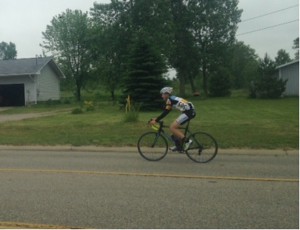 In all seriousness, there will always be lessons to learn from races, even ones you win, and this lesson just happened to be super-sized. My coach always tells me that road races aren’t won by the strongest riders, but rather the smartest ones. While I can take solace in the fact that I was certainly the strongest rider on the day, I also know I was undoubtedly the dumbest. I guess I have to work on more than just my fitness before the next race.
In all seriousness, there will always be lessons to learn from races, even ones you win, and this lesson just happened to be super-sized. My coach always tells me that road races aren’t won by the strongest riders, but rather the smartest ones. While I can take solace in the fact that I was certainly the strongest rider on the day, I also know I was undoubtedly the dumbest. I guess I have to work on more than just my fitness before the next race.
Luckily, Team OAM Now’s John Hurn saved the day, taking 5th place in our race as retribution for his crash a few weeks ago in Frankenmuth. Knowing I still have plenty of time to learn the ropes, I can’t be too disappointed with my results. With more experience under my belt, I can’t help but be excited for the BTR Criterium and Maple Hill Race for Wishes on my home training roads in just a few weeks’ time.






